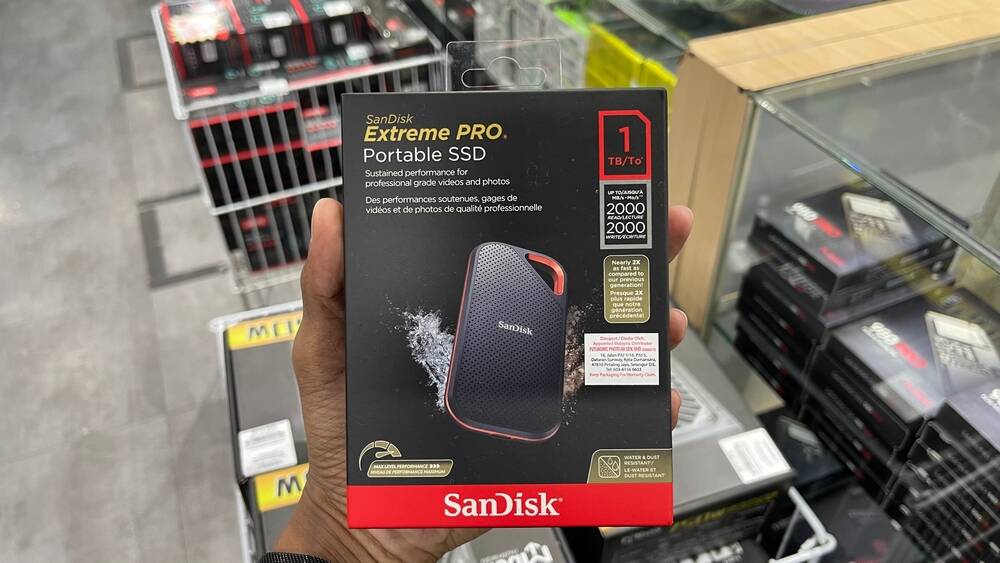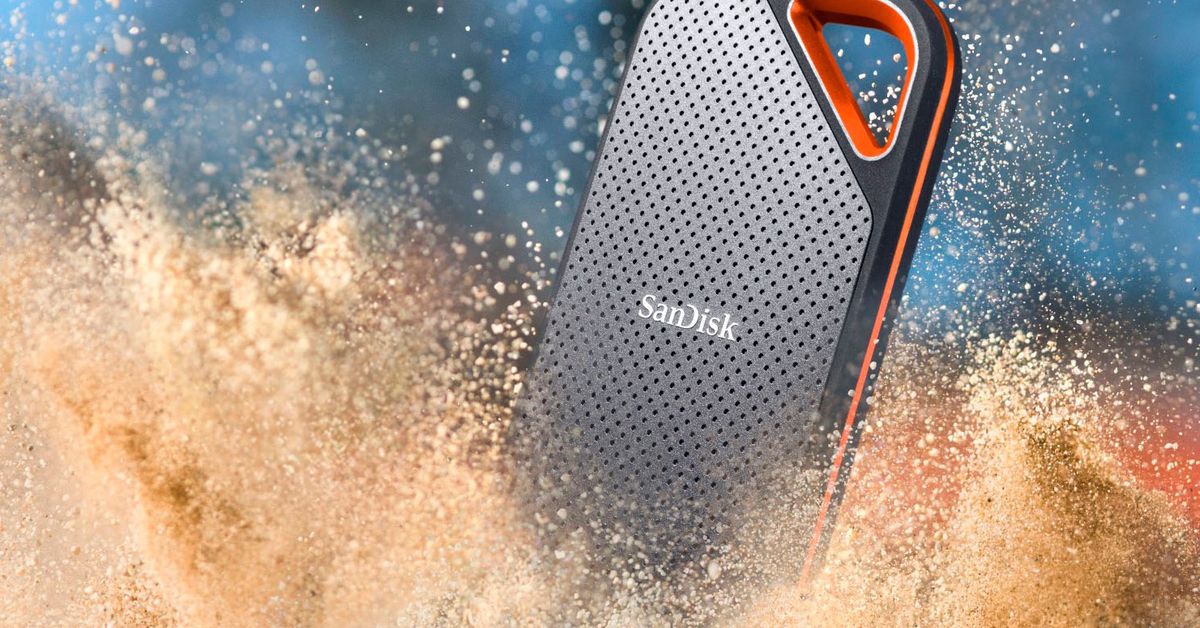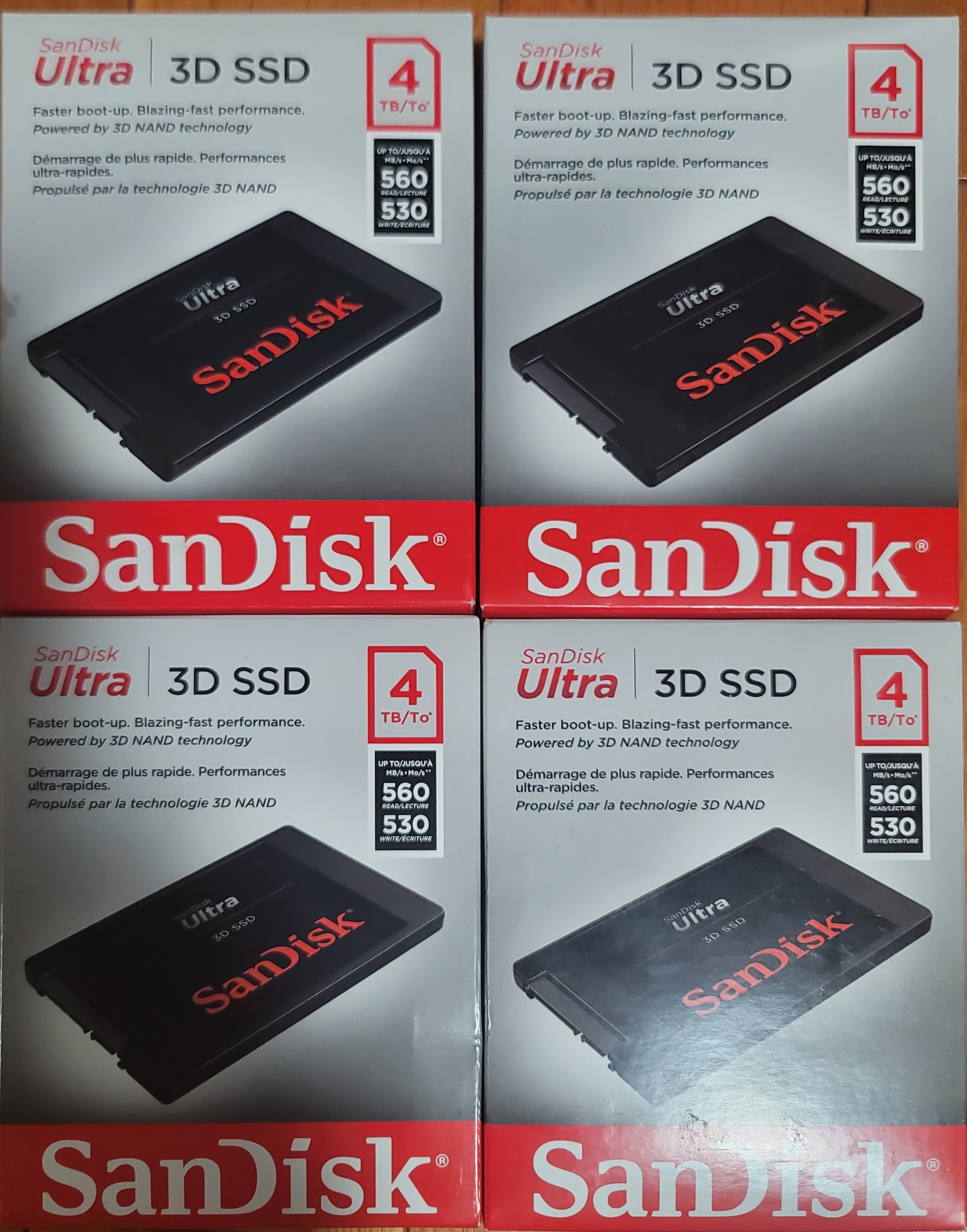- May 19, 2011
- 21,350
- 16,562
- 136

SanDisk Extreme SSDs keep abruptly failing—firmware fix for only some promised
Ars saw two 2TB units become unreadable, but SanDisk only confirms 4TB troubles.
 arstechnica.com
arstechnica.com
Don't forget to back up your data people! Oops, there goes the backup data!
Update 2023-08-11:
Update: https://arstechnica.com/gadgets/202...ill-wiping-data-after-firmware-fix-users-say/
Update 2023-08-18:

Western Digital sued over SanDisk SSD data-loss claims
Drives are anything but solid, allegedly
Update 2023-08-21:
Two more class action lawsuits:

SanDisk Extreme SSDs are “worthless,” multiple lawsuits against WD say
Ars cited in two SanDisk SSD failure lawsuits filed yesterday.
 arstechnica.com
arstechnica.com
Last edited:




